Charred wooden rafters sway in the breeze, threatening to crash down without a moment’s notice.
Rotting mattresses sink into the ground, with grass and ferns poking through the grimy fabric.
Peering into a once-sanitised row of bathroom cubicles, I spot a filthy plastic shower curtain hanging forlornly from a rusting hook.
I’m exploring the warren of buildings that once comprised Thornton Fever Hospital, and, put it this way, it’s full of hazards.
The place is in a state of collapse, with decaying timbers hanging on by mere threads, and disintegrating masonry at every turn.
Thornton Fever Hospital opened in 1902
Located in a remote spot two miles from the Fife village of Thornton, it opened in 1902 as a fever isolation hospital, treating illnesses including scarlet fever, diphtheria and meningitis.
However, the 1903 typhoid epidemic in the coal mining communities of Lochgelly ensured the hospital was full to capacity.
Patients were isolated to avoid infecting others and relatives weren’t allowed to visit unless their loved ones were at death’s door.
In later years, the fever hospital served as an asylum, housing “mentally defective” adults and then children. It also served as a boys’ school and finally a hotel.
Part of the site was used by a plant hire company until 2006, but it’s been abandoned since, falling deep into decay and acting as a target for vandals.
Dangerous buildings
There’s always a bit of excitement – and anxiety – when it comes to exploring such buildings, and I warn readers against following in my footsteps.
I was worried photographer Steve Brown and I might struggle to access the site, with warnings of security being stepped up in the news a few years ago.
However, once we’d parked up nearby, and walked along Strathore Road, we were easily able to climb through a huge gap in an old wall, finding ourselves on an overgrown track.
After a few encounters with nettles and thistles, we arrived in front of the derelict site, and stood gazing up and around at the jumble of buildings, wondering where to begin.
It was clear to see that the place was in a terrible state of collapse.
At one building entrance, a stone lintel lay at a jaunty angle overhead, having fallen from above. We decided against entering.
What poignant items did we find?
There were poignant items everywhere we looked: a toddler’s romper suit covered in dirt and mould spores dumped among shattered timbers; an old pushchair sitting in a damp corridor; a broken wooden crutch propped against a wall; and a cheery sign stuck onto a stone gatepost warning visitors to “beware of the dog”.
Mouldering beds and carpets, decaying shower cubicles, rusting fireplaces, and the rotting entrails of curtains dangling from old rails were other features that caught our eye.
While there’s evidence – a lot of it – that vandals, aka graffiti artists, have been at work, I was blown away by some of the artwork.
A stunning painting of an owl especially took my breath away.
There’s some pretty crude stuff to look out for, too.
I was surprised to see so many tiles, in a gorgeous shade of green, completely intact. They were exactly what I was after when I was doing up my bathroom last year!
The history of Thornton Fever Hospital
But what about the history of the place?
After four decades in use as a fever isolation hospital, there were reports it would close in the early 1940s, to be replaced with a new unit for infectious diseases in Dunfermline.
Meanwhile, Thornton would be converted into a facility for the mentally ill.
But due to severe overcrowding at Fife District Asylum near Cupar (now Stratheden Hospital), Thornton re-opened in 1942 as Strathore Hospital to care for “mentally defective” adults.
The facility primarily dealt with “mentally handicapped” children in the 1950s and 60s, and remained an offshoot of Stratheden.
Plans for a new hospital in Dunfermline – coupled with a condemning engineer’s report in 1965 flagging that Strathore was in drastic need of repair – rendered it obsolete. The last patients left in 1967.
Hospital re-opened as school and hotel
The buildings lay empty until 1970 when the land was sold and the hospital re-opened as Corsbie Hall School, a private fee-paying school for “mentally handicapped, educationally subnormal and other socially deprived children”.
It was one of two such facilities in Scotland operated by George Taylor-Bryant, the other at Newton Stewart in Wigtownshire.
The schools catered for boys between six and 16 years old, and it’s been said that in his role as headmaster, Taylor-Bryant frequently referred to them as “savages”.
Thornton only stayed open as a school for two years, after police were called to investigate financial irregularities.
Some of the buildings, including the matron’s house, re-opened as Corsbie Hall Hotel, in business during the 1980s.
In the early 1990s, it became Strathore Lodge Hotel, boasting rooms, a bar, restaurant and function suite, with events laid on most weekends.
When was the building ravaged by fire?
The hotel closed in 2005 after a fire that destroyed sections of the roof.
While most of the buildings lay empty, part of the site was used by a local plant hire company until 2006.
However, a report in 2007 indicated all the former hospital buildings had suffered as a result of water ingress.
The site was put on the market in 2020 with planning consent for 25 houses alongside redevelopment of some listed structures. However, this has lapsed, and the property is no longer for sale.
But what of the foundation stone and plaque laid at Thornton Fever Hospital in 1897 – officially Kirkcaldy and District Joint Infectious Diseases Hospital – to mark the 60th anniversary of Queen Victoria’s accession to the throne?
This was recovered and returned to NHS Fife in 2021 and is now on display at the Victoria Hospital in Kirkcaldy.
- A more isolated facility for the treatment of smallpox was built to the west of Thornton Fever Hospital, also in 1902. It was known as Fosterton Hospital. It closed in the 1960s and later became an old folks’ home.
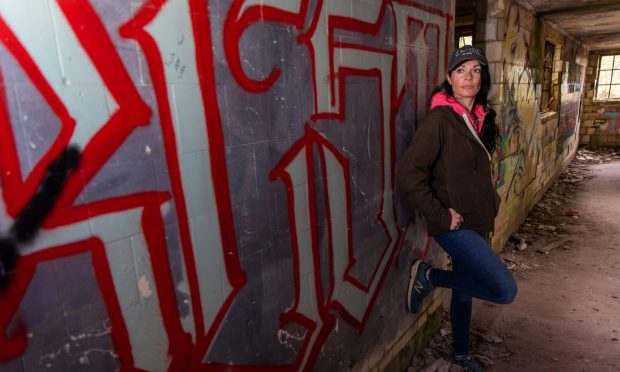
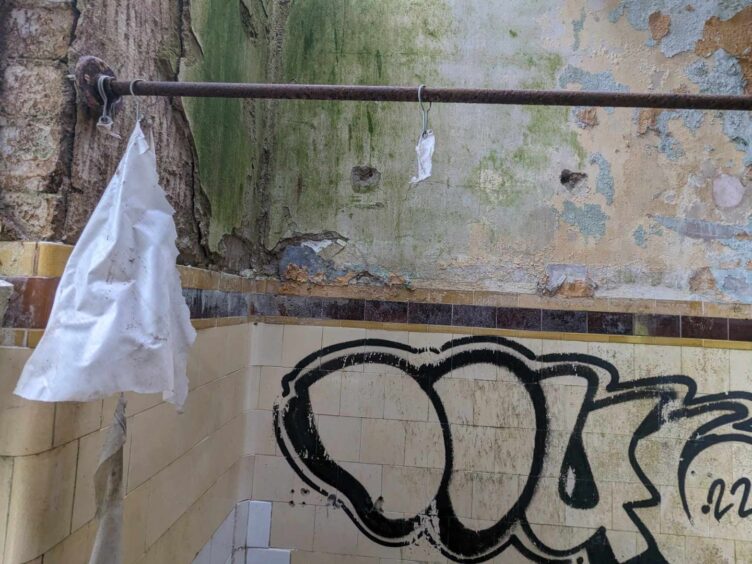

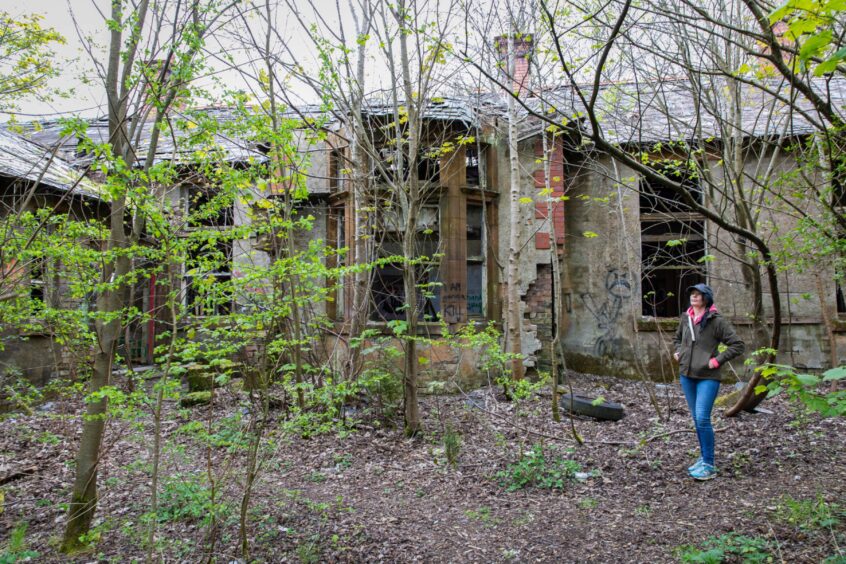
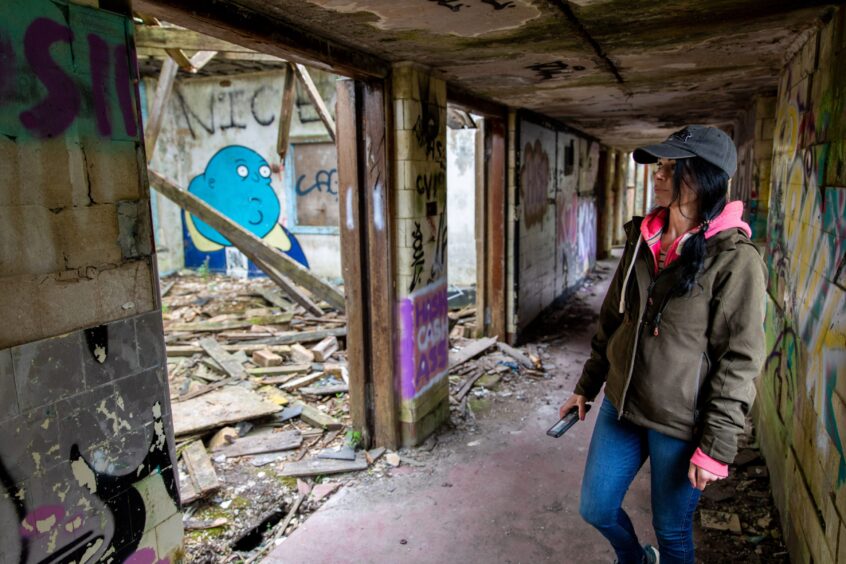
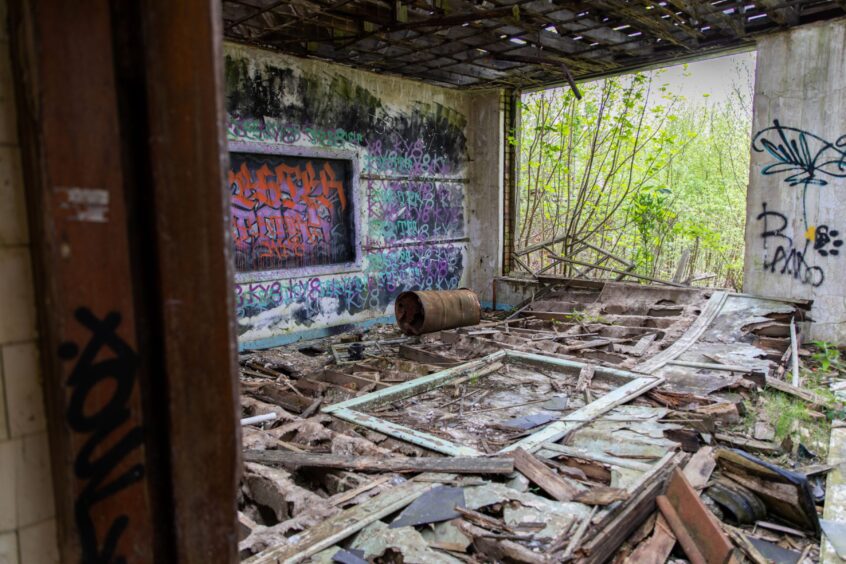
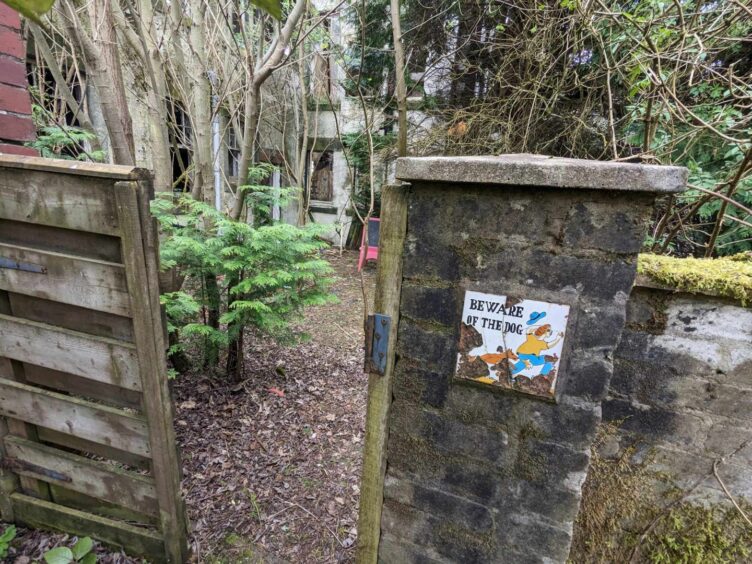
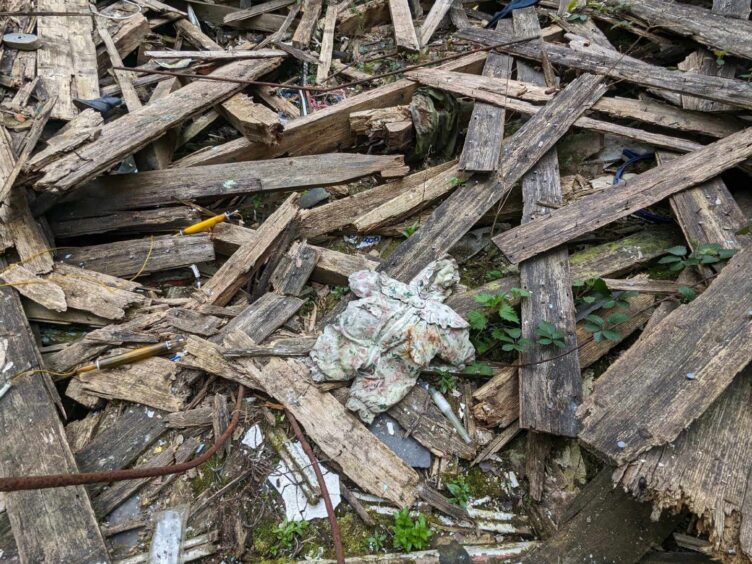
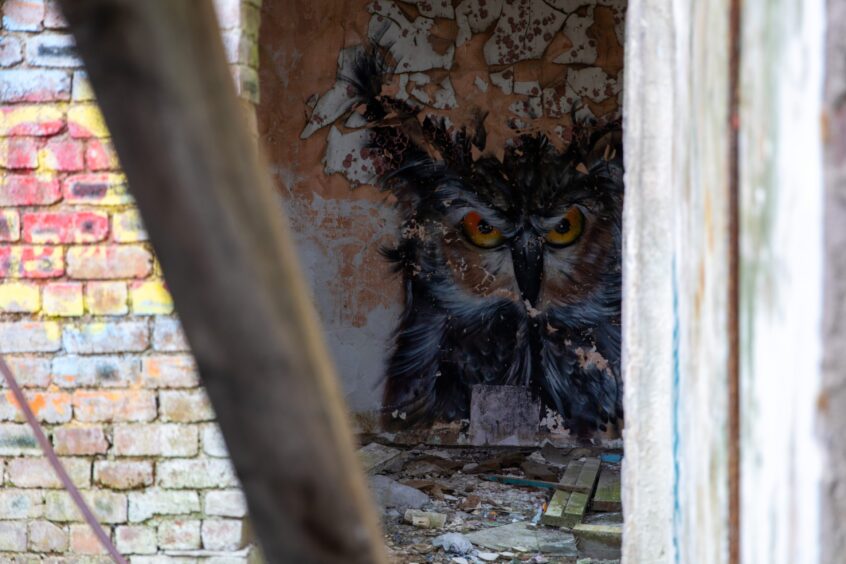
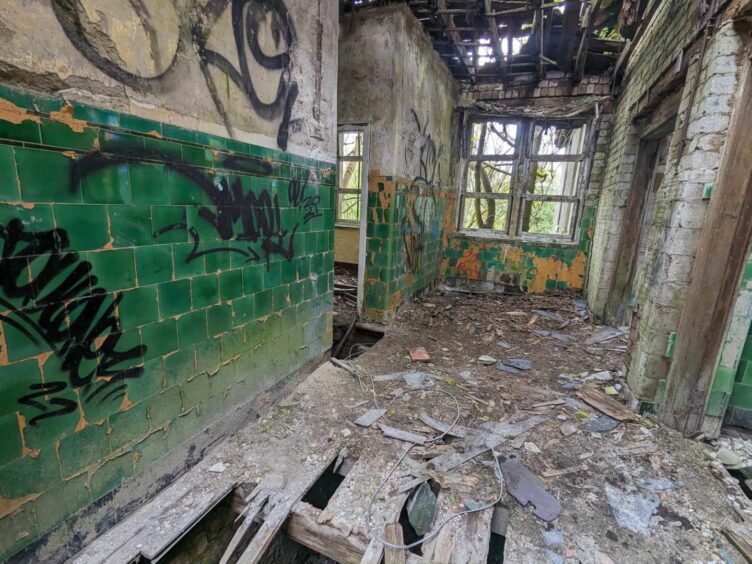
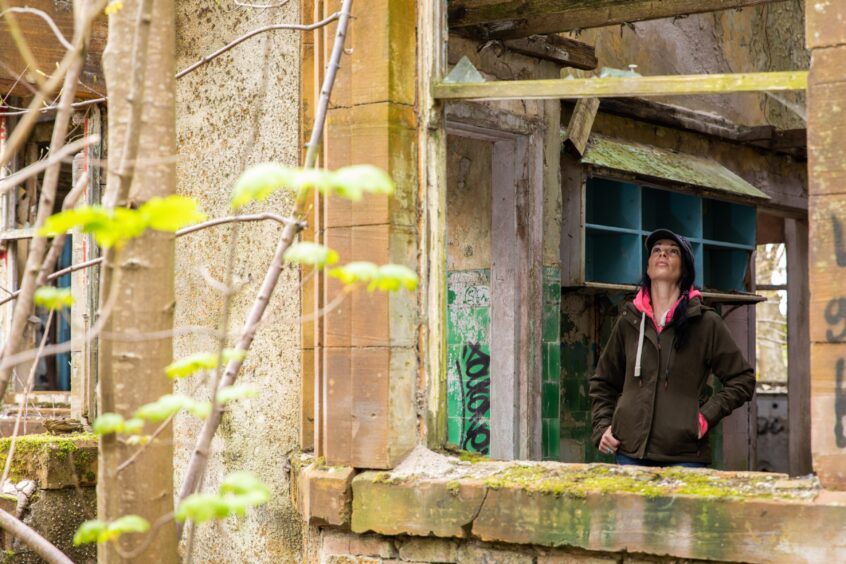
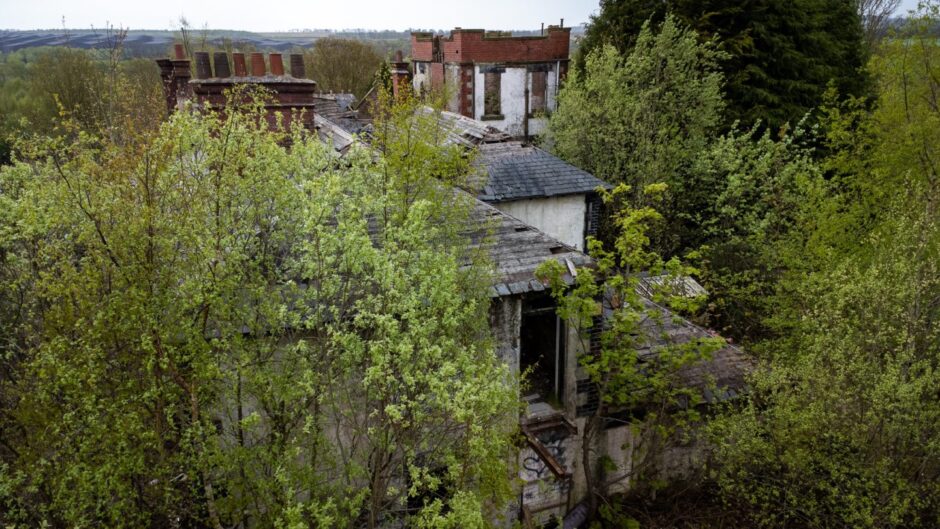
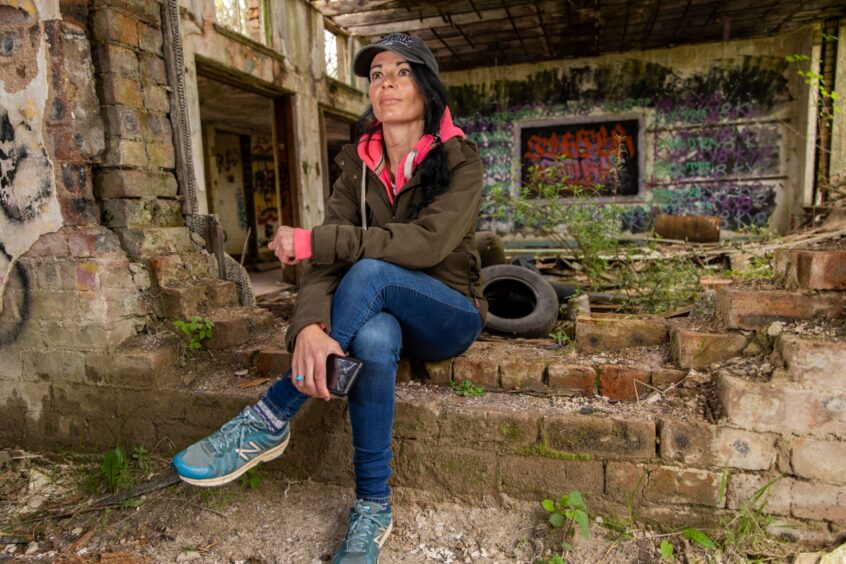
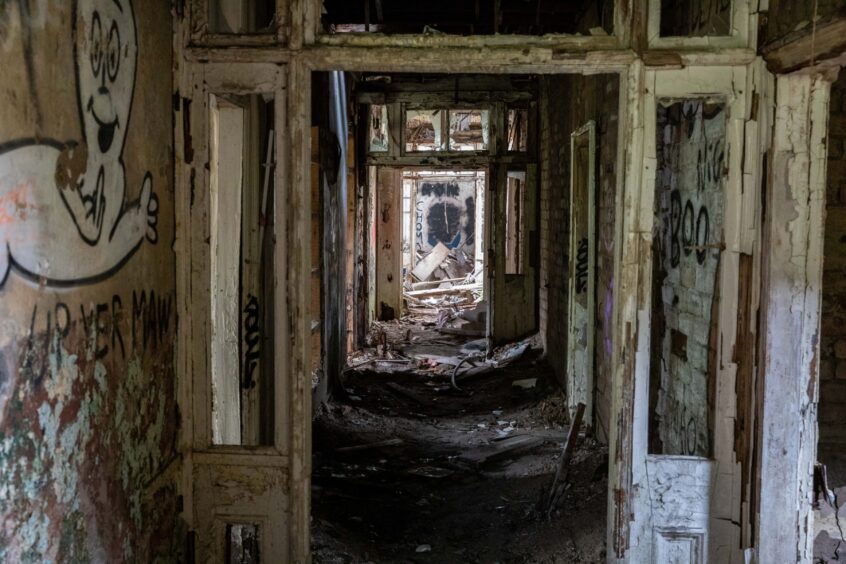

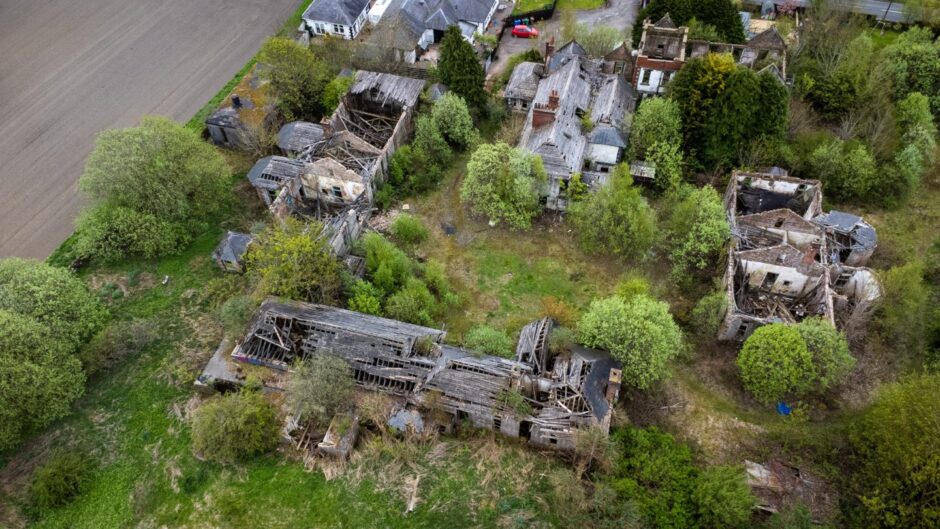
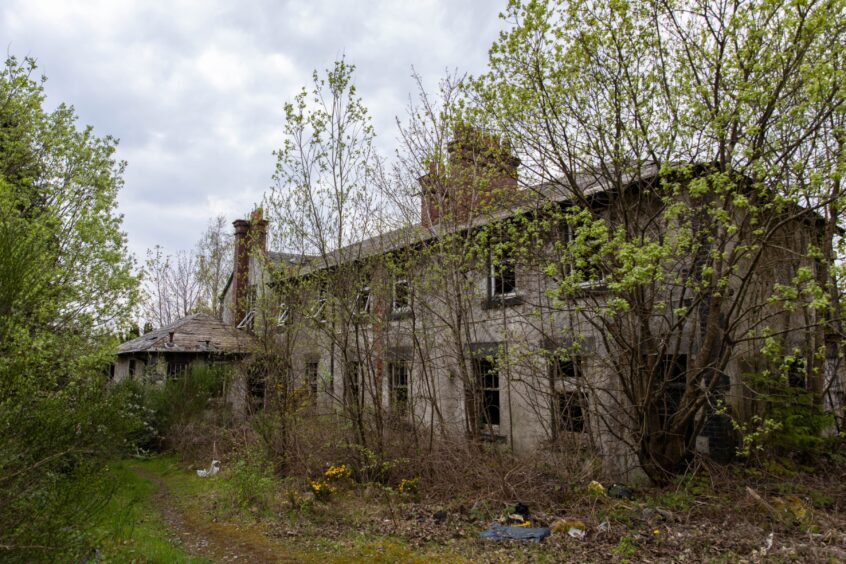
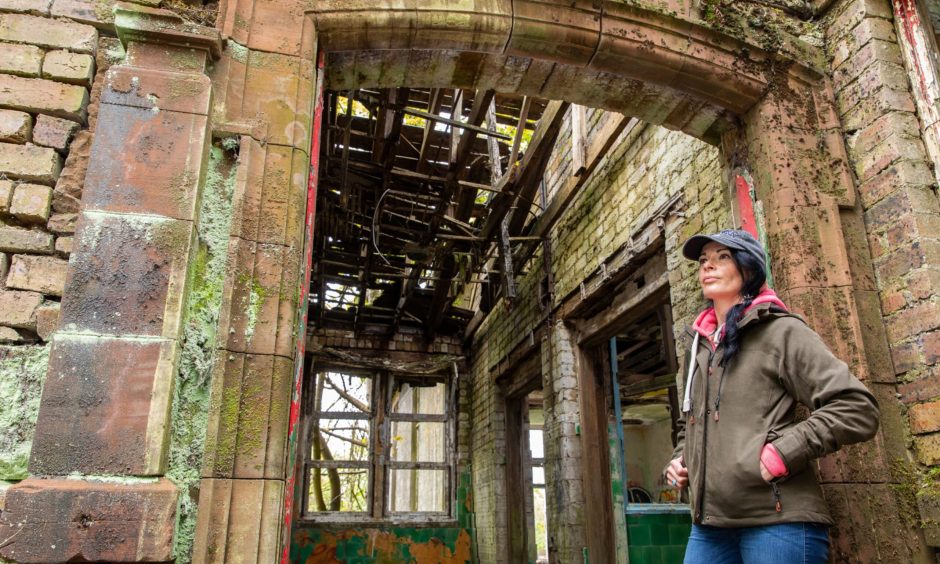










Conversation